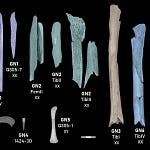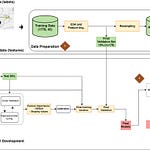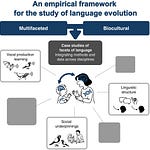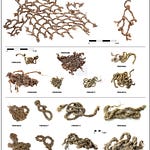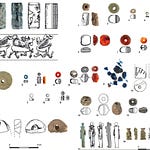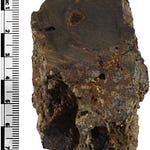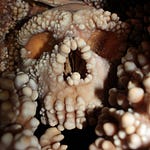When archaeologists unwrapped the funerary bundle from the rock shelter near Zimapán, Mexico, they found a young man preserved by time and desert air. His body was wrapped carefully in woven maguey fibers and cotton, folded in layers that suggested reverence, not haste. For nearly a millennium, the silence of the Sierra Madre had kept him intact—skin, tissue, and even traces of his inner world.
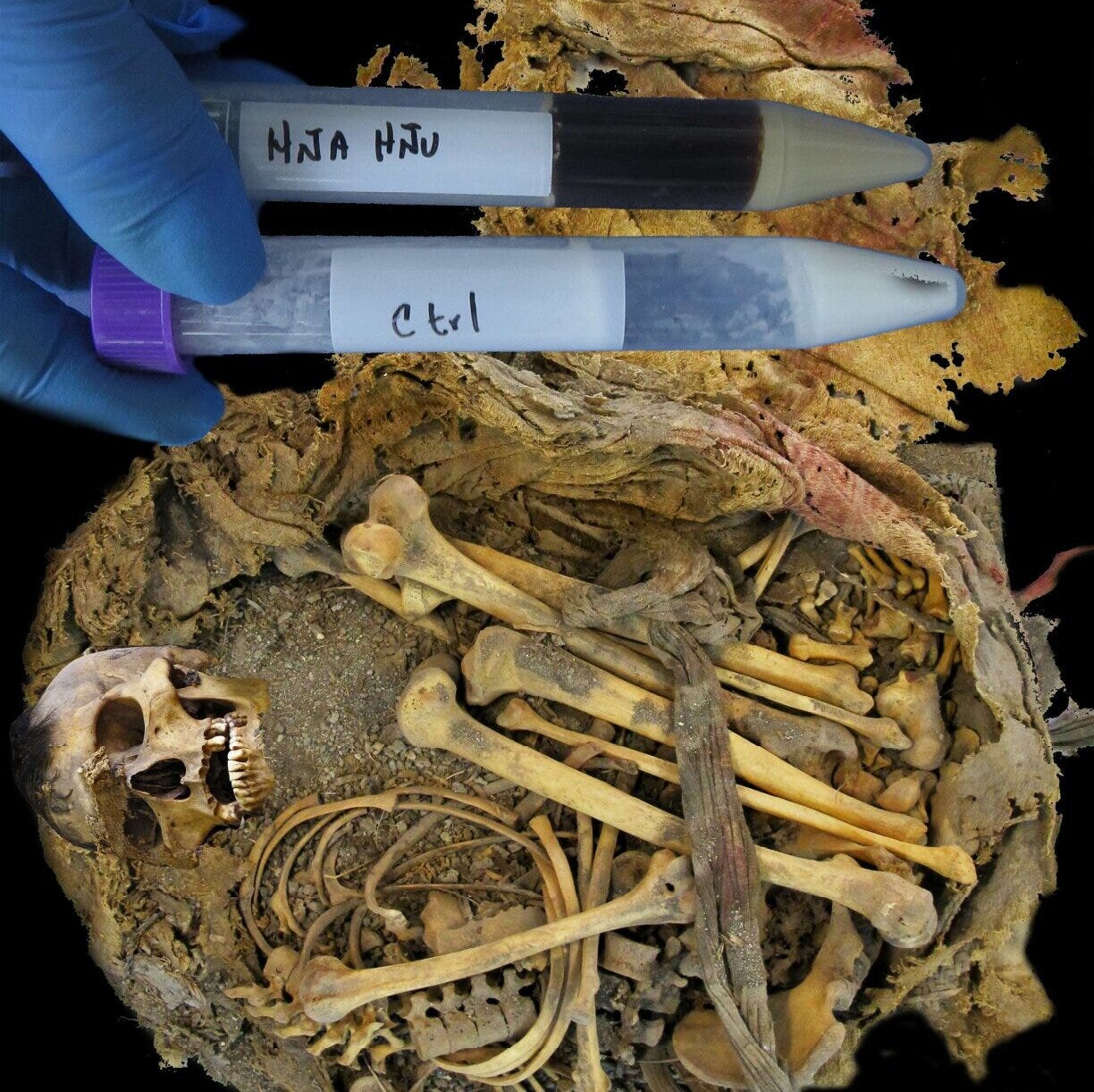
Now, thanks to advances in microbial genomics1, that inner world is speaking again. Within his desiccated intestines and preserved feces, scientists have recovered one of the oldest gut microbiomes ever sequenced in the Americas. What they found is more than a catalogue of bacteria—it is a glimpse into how pre-Hispanic people lived, ate, and interacted with their environment before colonial disruption transformed both bodies and ecosystems.
“The microbiome is like a molecular diary,” says Dr. Elena Rossi, a bioarchaeologist at the University of Bologna. “It records the foods consumed, the pathogens encountered, and even the ecological rhythms a person’s body once mirrored.”
Listen to this episode with a 7-day free trial
Subscribe to Anthropology.net to listen to this post and get 7 days of free access to the full post archives.


